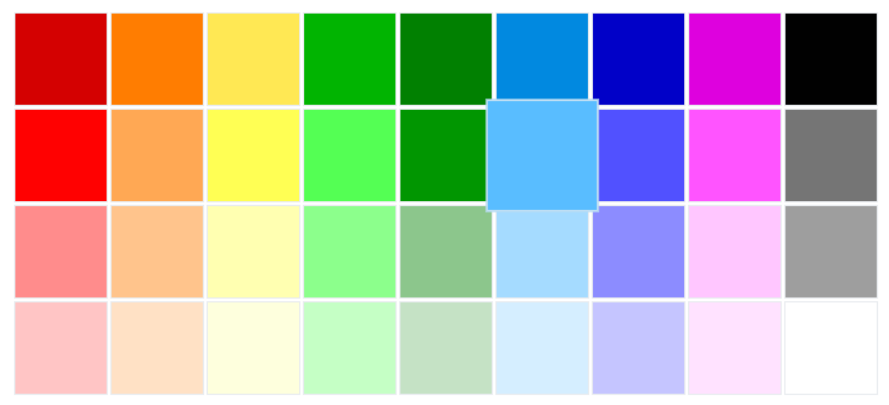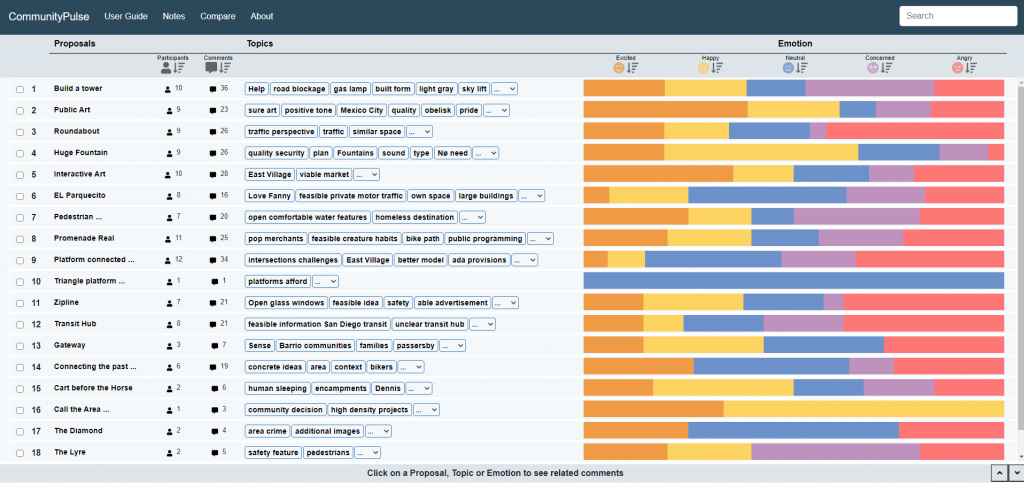CommunityPulse to appear in DIS 2021 – Congratulations Mahmood Jasim, Prof. Sarvghad & Prof. Mahyar!
Recently, Mahmood Jasim, Enamul Hoque, Ali Sarvghad and Narges Mahyar had their paper “CommunityPulse: Facilitating Community Input Analysis by Surfacing Hidden Insights, Reflections, and Priorities” accepted to ACM Designing Interactive Systems (DIS) 2021. Congratulations to all involved!
Paper Abstract: Increased access to online engagement platforms has created a shift in civic practice, enabling civic leaders to broaden their outreach tocollect a larger number of community input, such as comments and ideas. However, sensemaking of such input remains a challenge dueto the unstructured nature of text comments and ambiguity of human language. Hence, community input is often left unanalyzed andunutilized in policymaking. To address this problem, we interviewed 14 civic leaders to understand their practices and requirements.We identified challenges around organizing the unstructured community input and surfacing community’s reflections beyond binarysentiments. Based on these insights, we built CommunityPulse, an interactive system that combines text analysis and visualization toscaffold different facets of community input. Our evaluation with another 15 experts suggests CommunityPulse’s efficacy in surfacingmultiple facets such as reflections, priorities, and hidden insights while reducing the required time, effort, and expertise for communityinput analysis.


